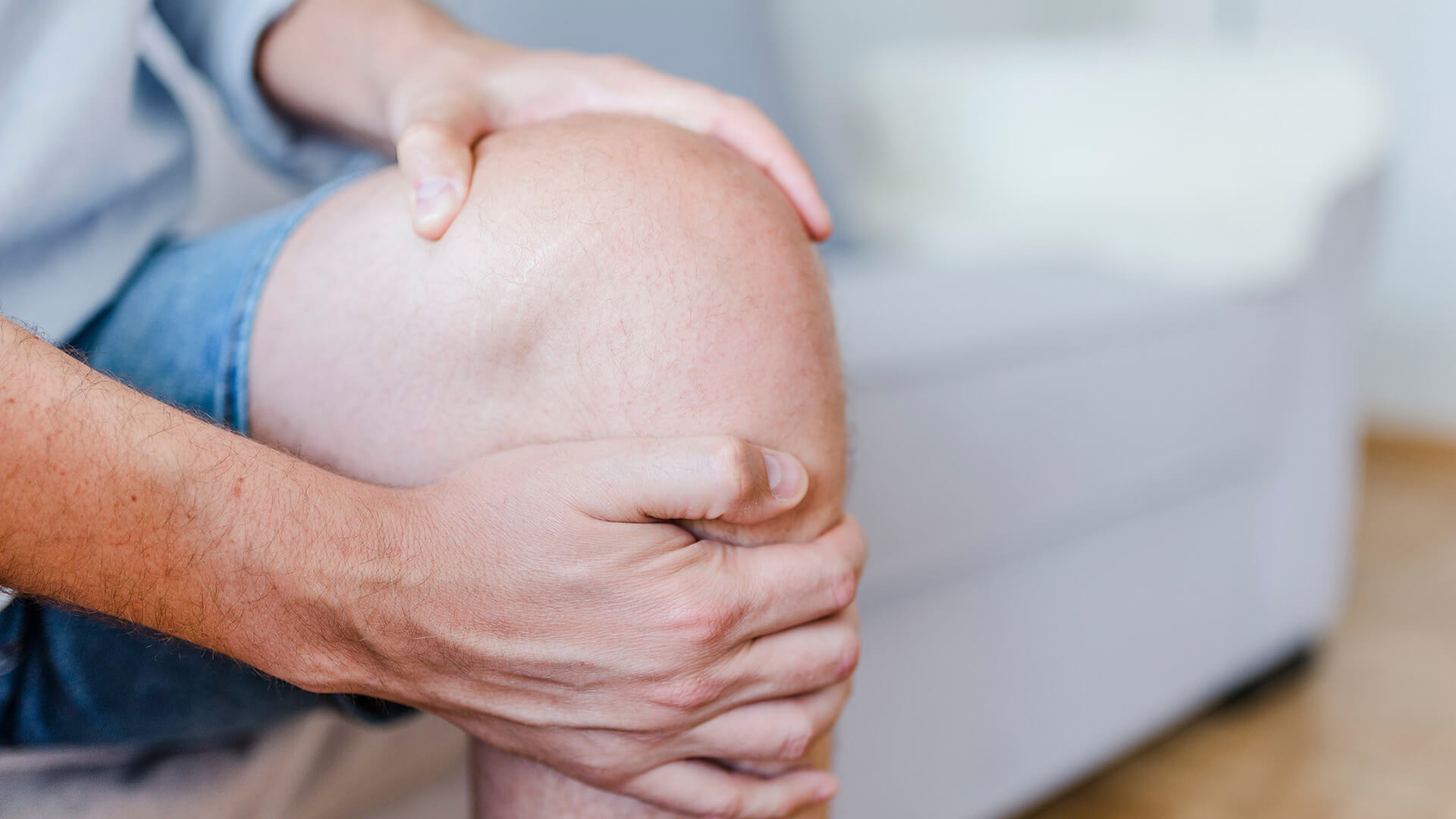By Dr. Kyle Allan
Many people will experience knee pain at some point in their lives. Whether it’s from an old sports injury, the wear and tear of aging, or just the daily grind of staying active, that nagging ache in your knee can make each day challenging.
For years, steroid injections for knee pain have been the go-to solution for many. After all, they’re quick, widely available, and often covered by insurance. But here’s the catch: steroids might mask the pain for a little while, but they’re not fixing the problem, and they could even make things worse over time.
Thankfully, there’s a new wave of treatments—regenerative medicine, including Platelet-Rich Plasma (PRP) and Bone Marrow Aspirate Concentrate (BMAC)—is offering real hope for getting you back on your feet, not just for now, but for the long haul.
Understanding Knee Pain and Its Root Causes
Your knee is a complex joint, relying on cartilage, ligaments, and tendons to keep it moving smoothly. When these tissues get damaged—say, from an injury or arthritis—they don’t heal as well as other parts of your body. Cartilage, in particular, has almost no blood supply, so it struggles to repair itself. That’s when the pain sets in, and for many, it’s when the doctor suggests a steroid shot.
Steroid Injections for Knee Pain – The Conventional Route
Steroids, like cortisone, reduce inflammation, which can quiet the pain for weeks or even months. Sounds great, right?
The problem with steroids is that they’re a Band-Aid, not a cure. Research shows that while they might ease discomfort temporarily, they don’t address the underlying damage. In fact, repeated steroid injections might weaken cartilage and soft tissues over time, speeding up the degeneration process.
This isn’t good news for someone hoping to stay active as a result of steroid injections—whether that’s hiking with friends, chasing after grandkids, or just walking the dog. Plus, the relief tends to wear off, leaving you back where you started, or worse.
Regenerative Therapy – A New Frontier in Chronic Knee Pain Relief
Fortunately, this is where regenerative medicine comes in, and it’s a game-changer. Instead of covering up the pain, treatments like PRP and BMAC offer long-term knee pain solutions by working with your body’s healing power to repair damage and protect your knee for the future.
What’s particularly exciting is that these treatments aren’t just for people already in pain—they’re showing promise as a way to prevent problems before they start. Imagine you’re active but beginning to feel a slight stiffness. PRP or BMAC could step in early, strengthening your knee and slowing down degeneration before it turns into full-blown arthritis.
How PRP Therapy for Knee Pain Promotes Healing
PRP therapy for knee pain starts with a simple blood draw from your arm. That blood gets spun in a centrifuge to concentrate the platelets—tiny components packed with growth factors that help tissues heal. Then, that concentrated plasma is injected right into your knee. Those growth factors get to work, encouraging repair and reducing inflammation naturally.
I’ve seen this firsthand with my patients. Take Sarah (actual patient names withheld), a 45-year-old tennis player who came to me with knee pain that steroids couldn’t fix. After a few PRP sessions, she’s back to her tennis league, pain-free. Or Mike, a 60-year-old with early arthritis, who opted for BMAC and avoided surgery altogether. These aren’t miracles—they’re science tapping into what your body can already do.
How Stem Cell Therapy for Knee Pain Works
BMAC, a form of stem cell therapy, takes healing a step further. It helps combat chronic knee pain by using the body’s own regenerative cells—taken from a small sample of your bone marrow—to reduce inflammation, promote healing, and repair damaged tissues within the joint. This minimally invasive treatment can enhance mobility and alleviate pain without surgery.
Take the Next Step Today: Get Regenerative, Non-Surgical Treatment for Knee Pain
Now, these regenerative treatments aren’t magic bullets. They take time, and they’re not yet as widely covered by insurance as steroids. But for those willing to invest in their health, the payoff is enormous: less pain, more movement, and a knee that’s stronger for years to come.
If you’re tired of quick fixes that don’t last, contact us today to discuss regenerative options. Your knees—and your active life—deserve it.

